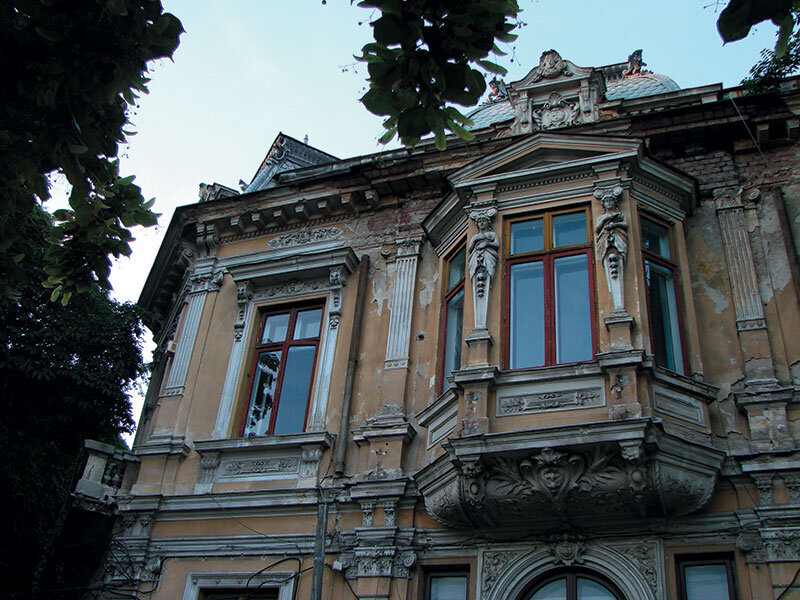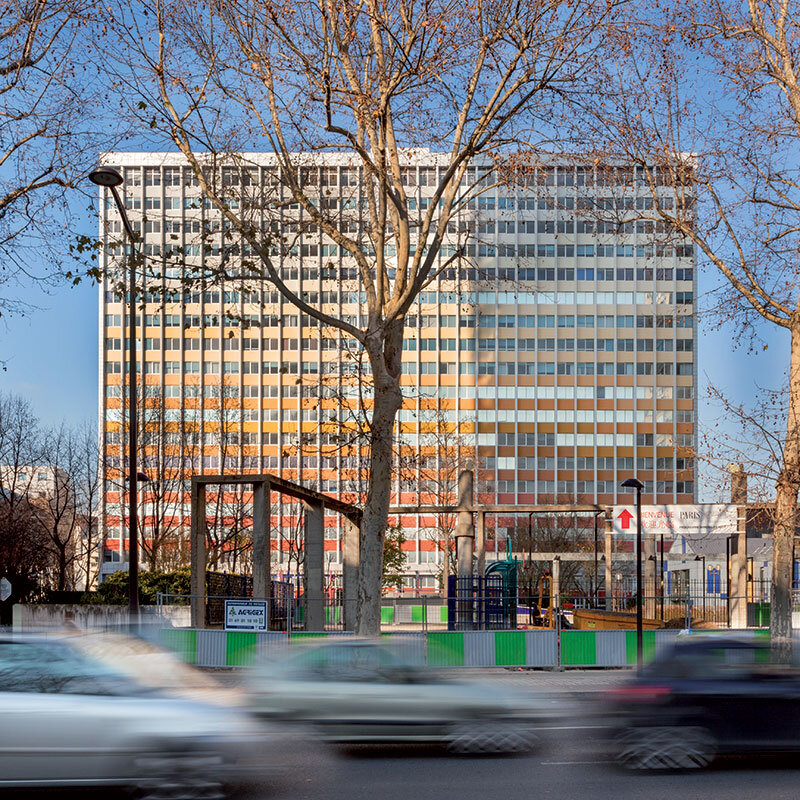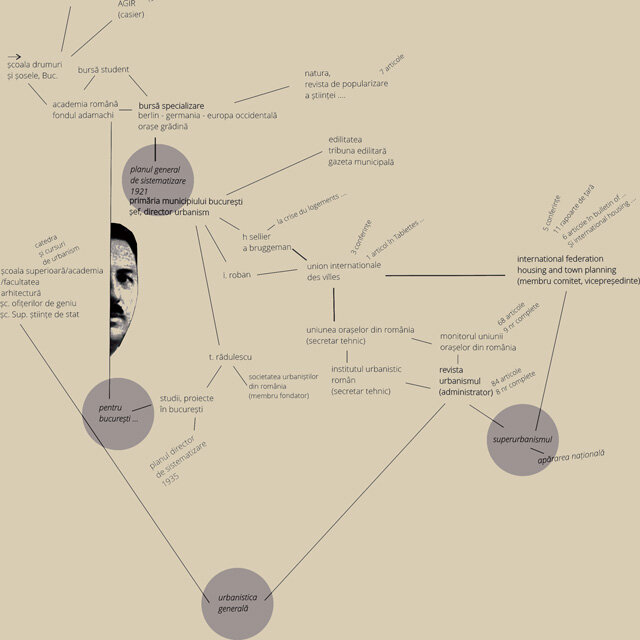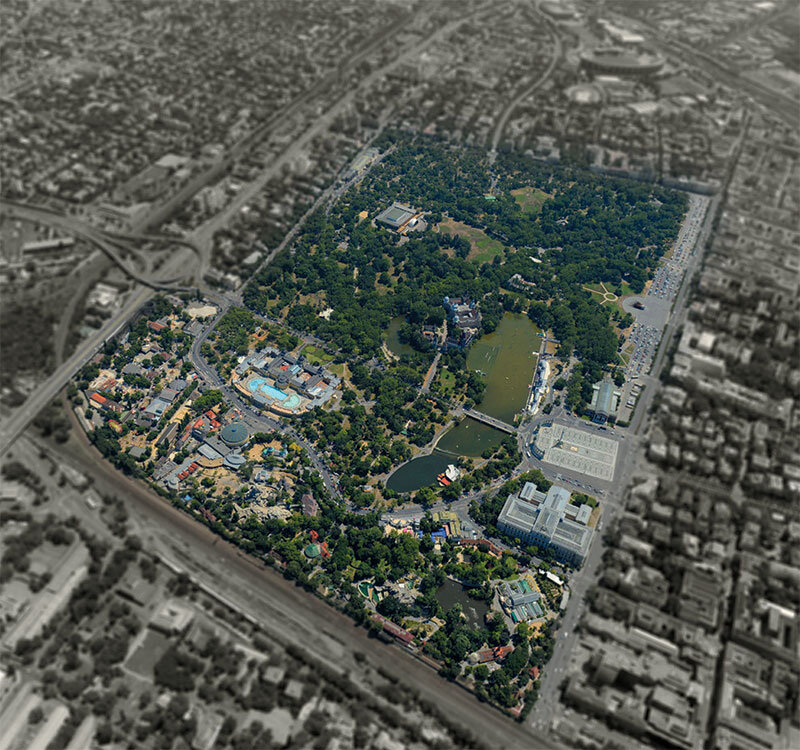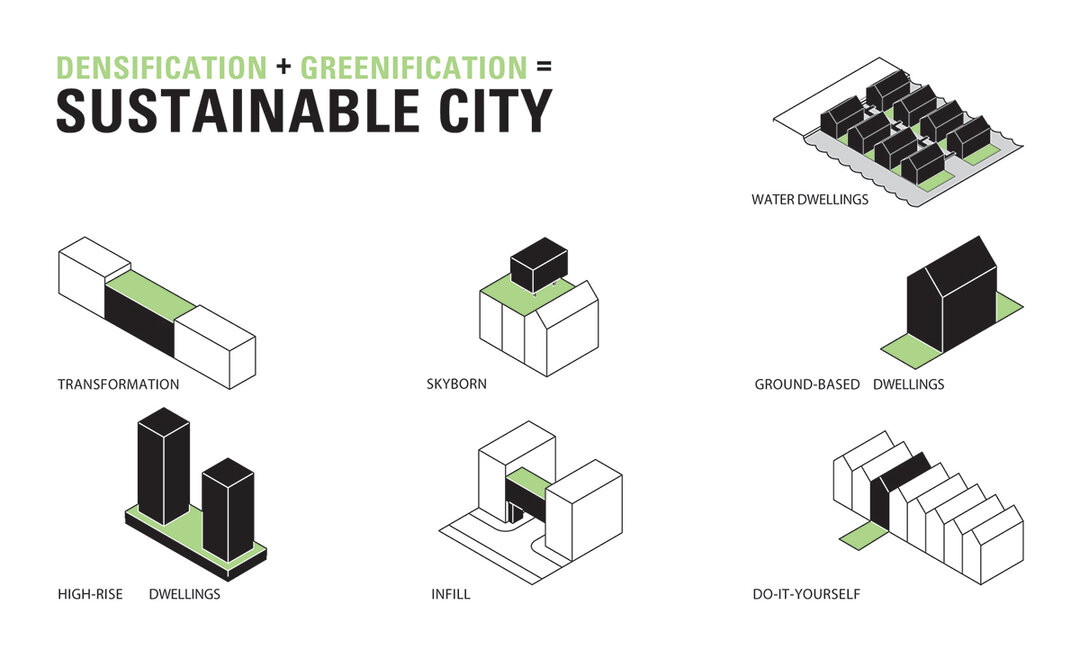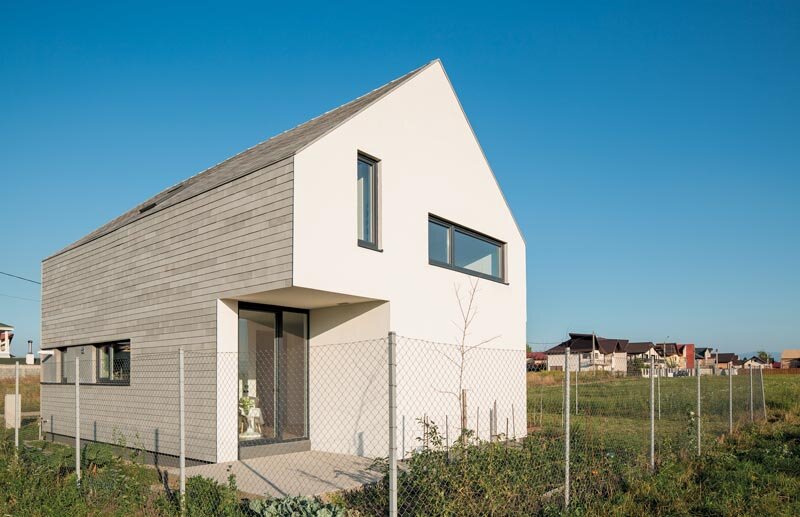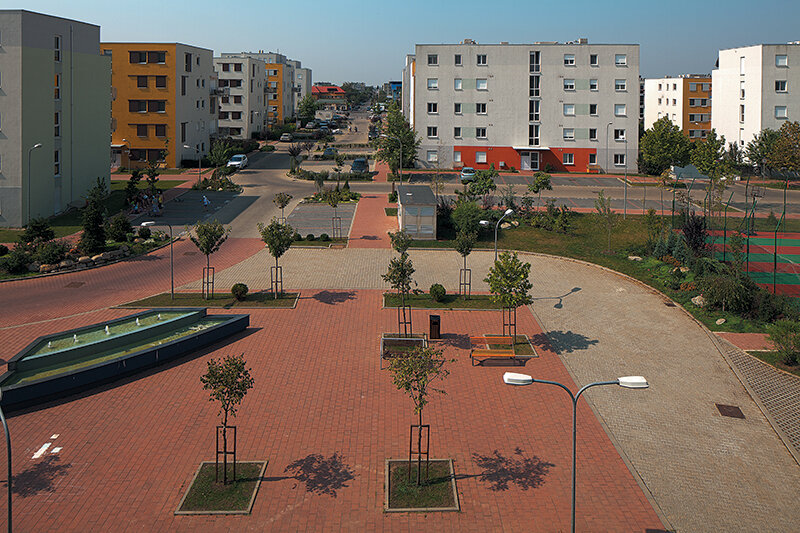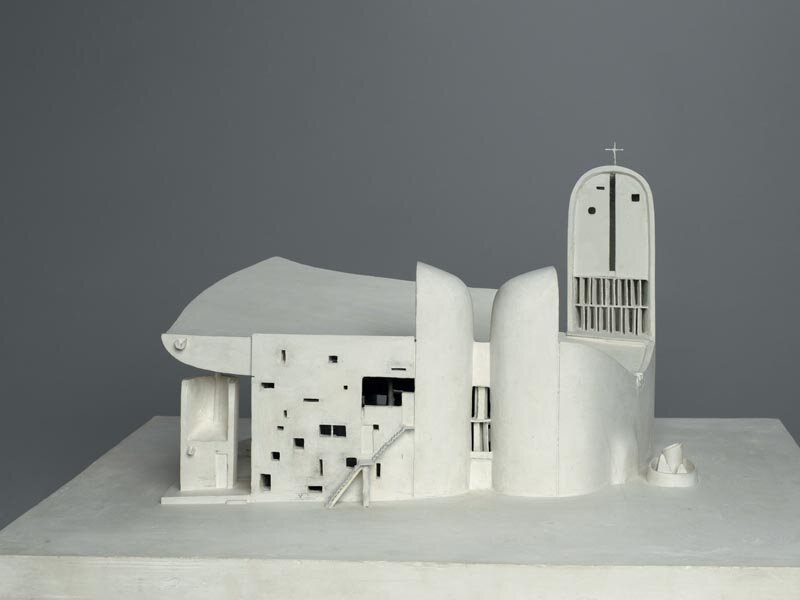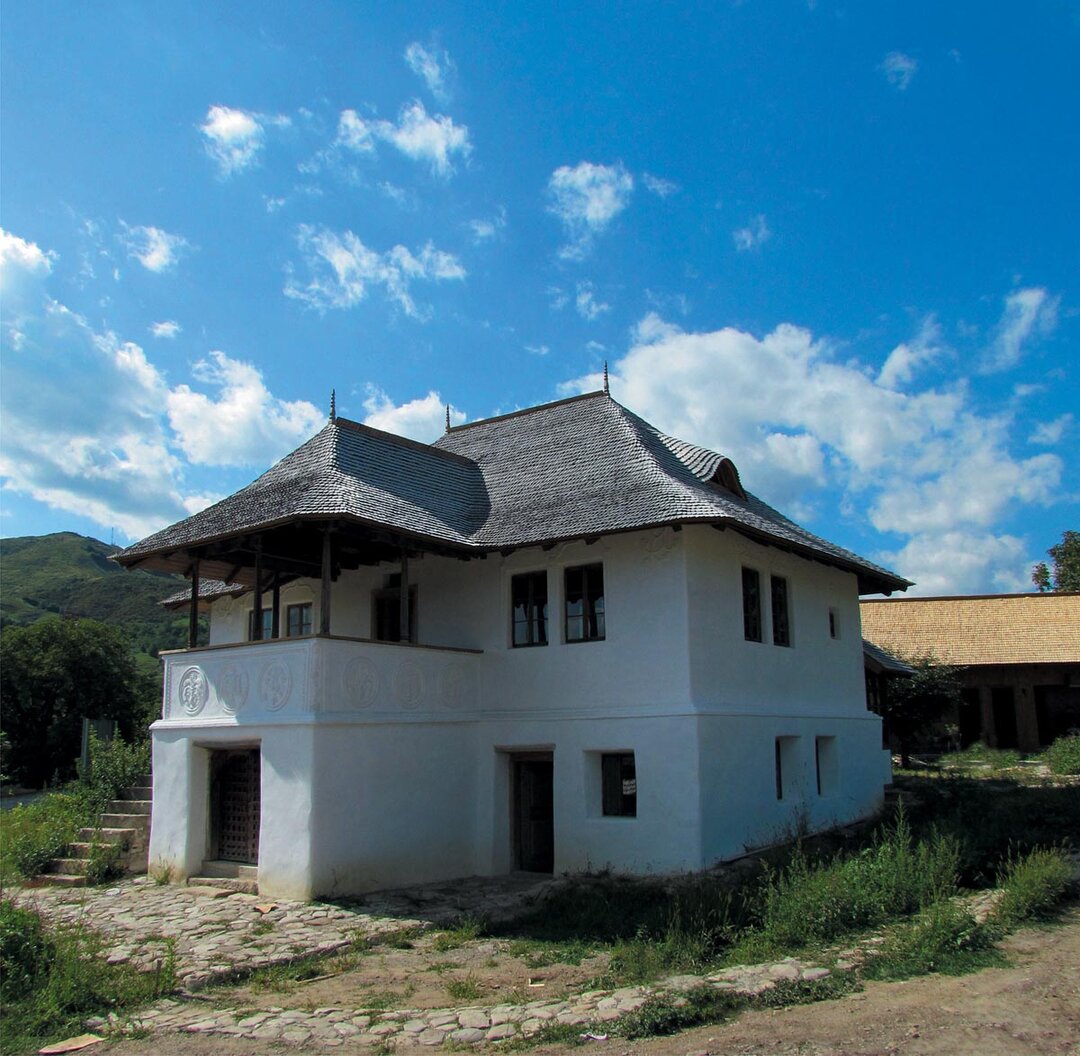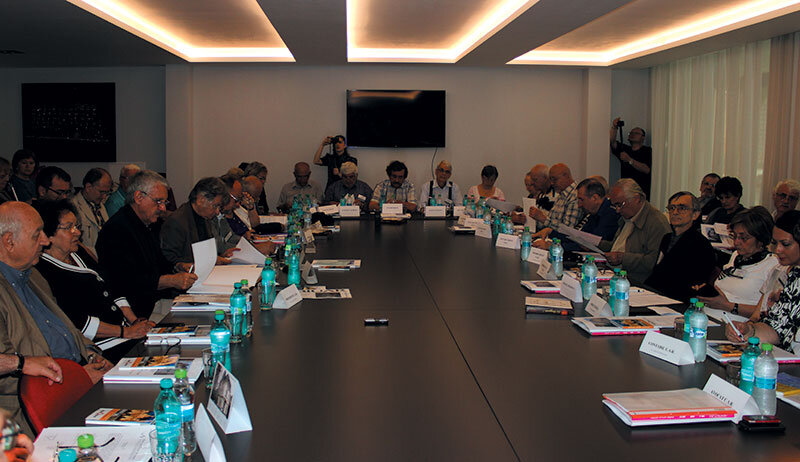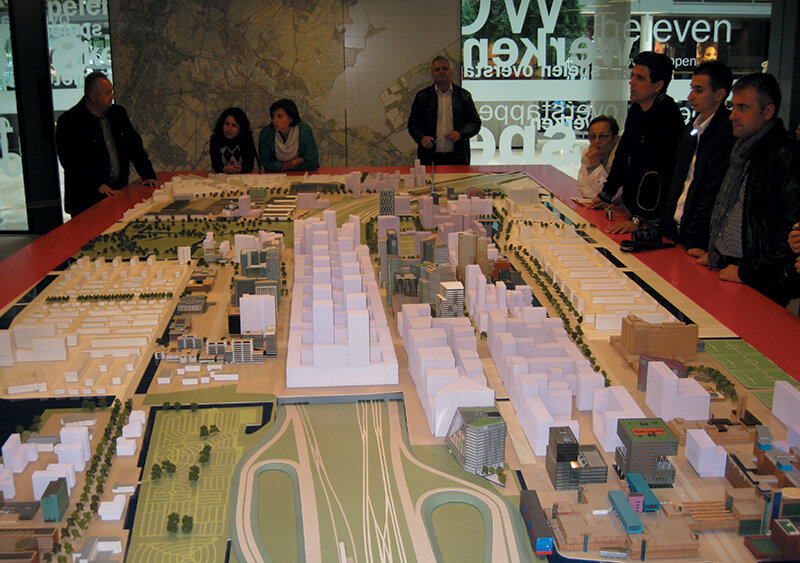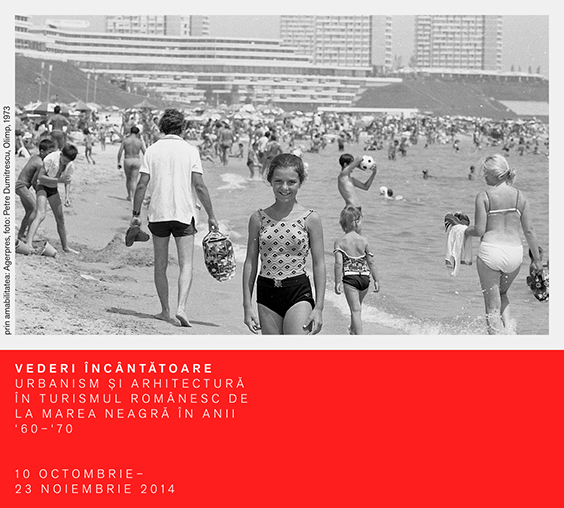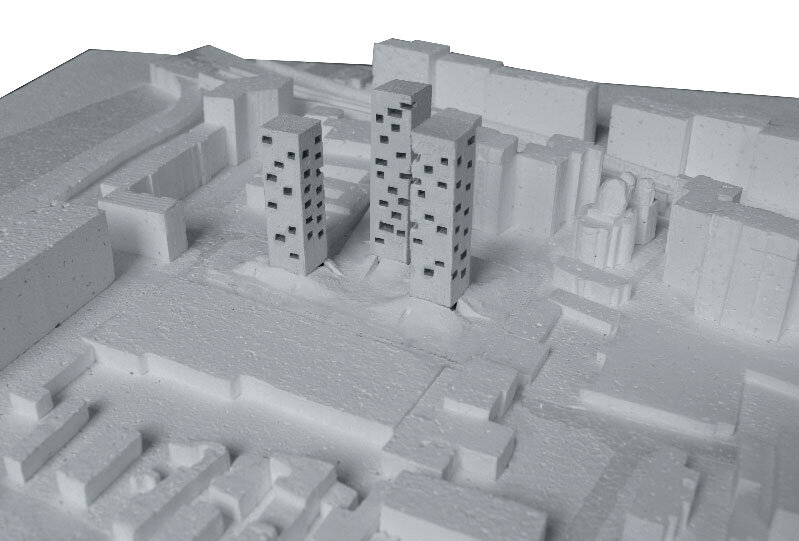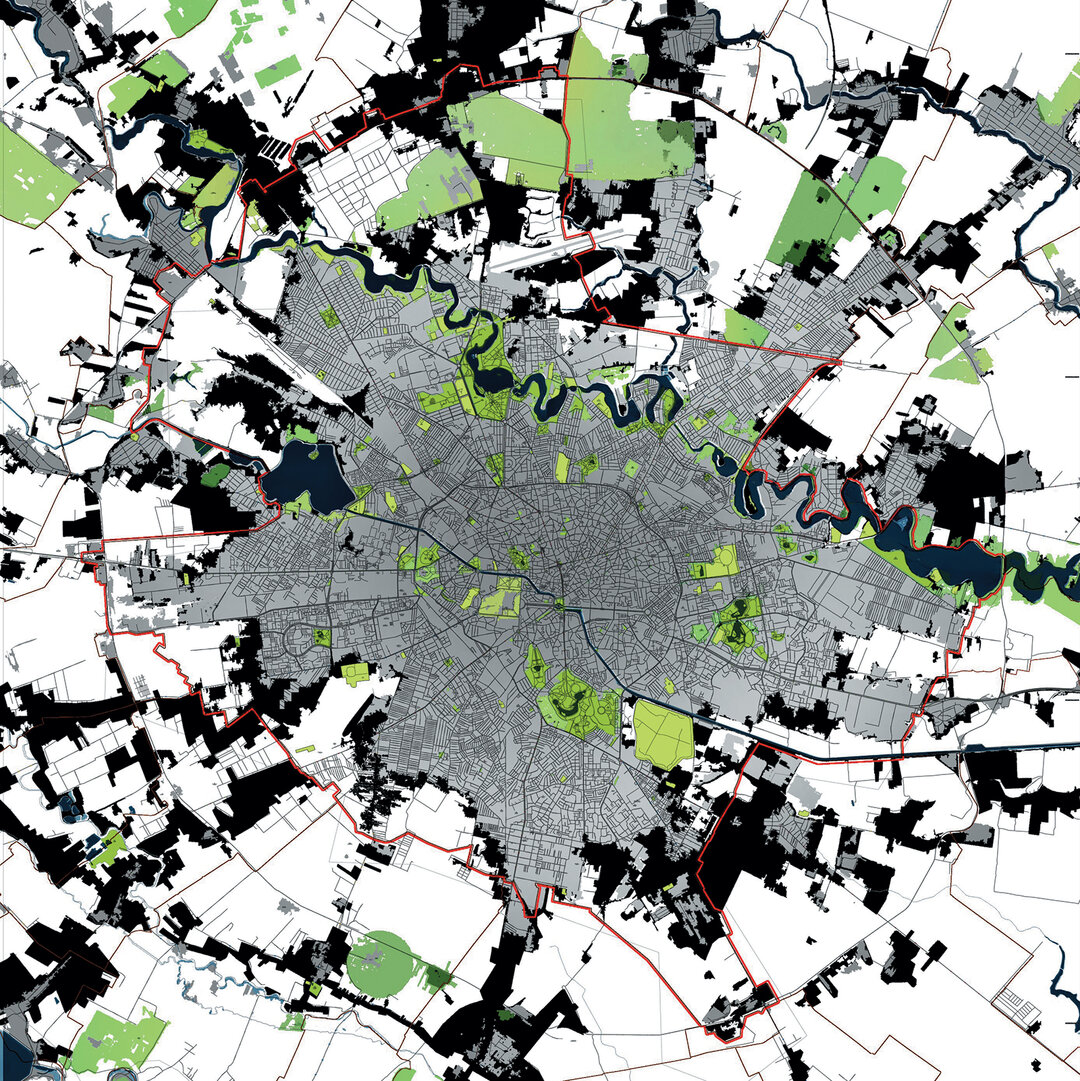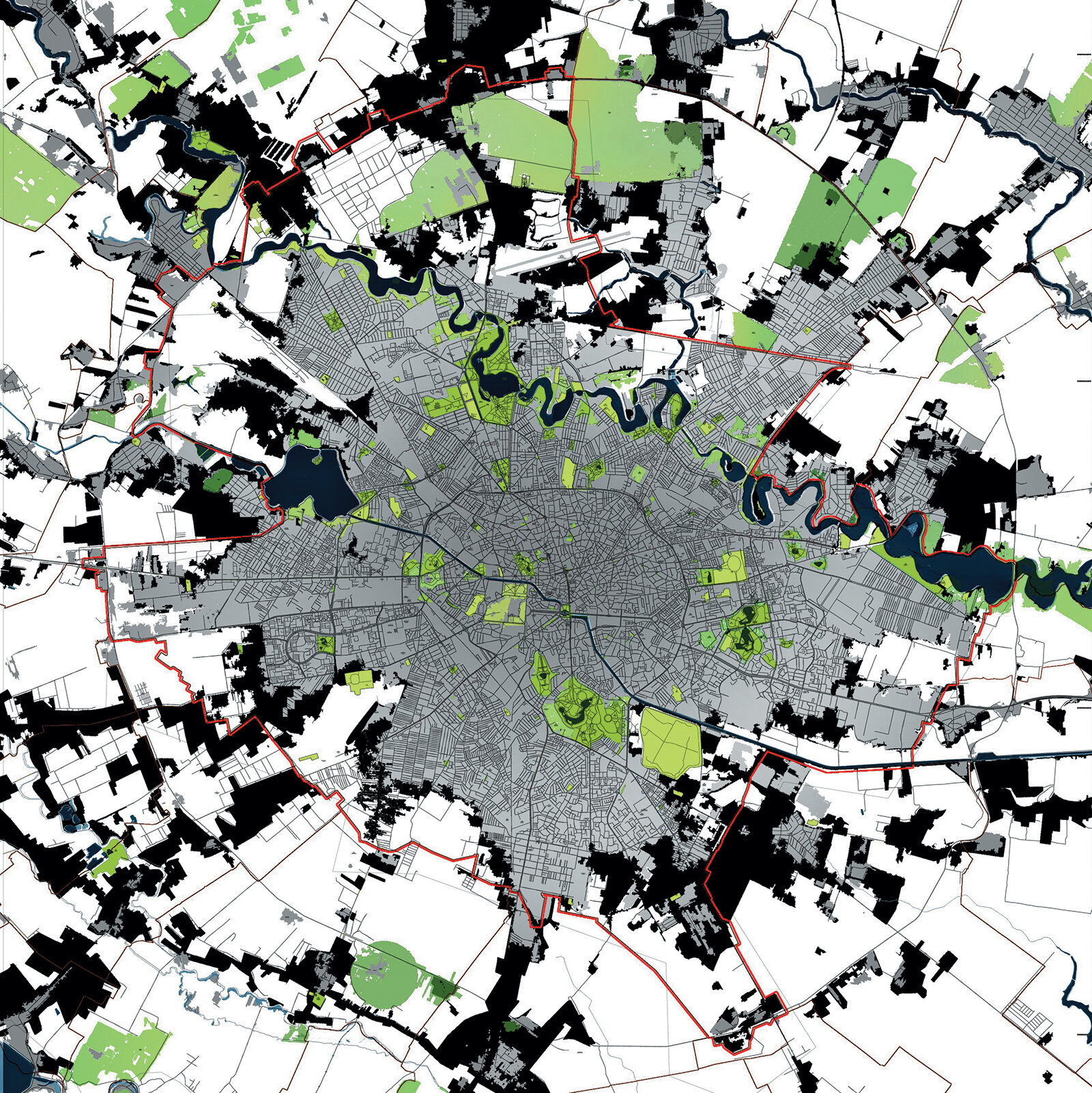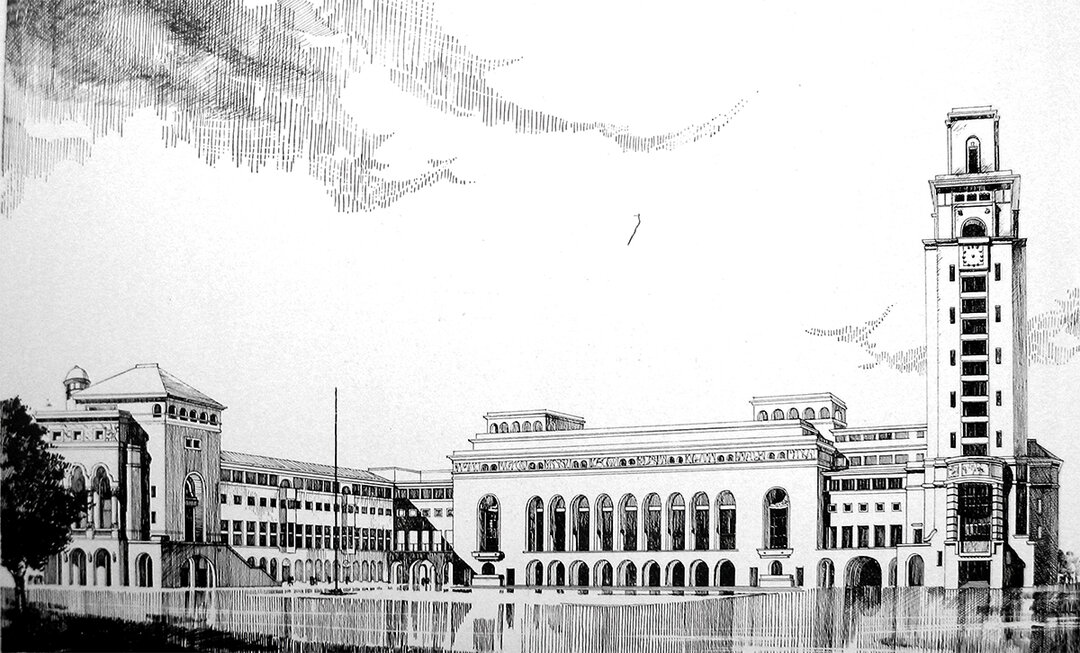
Demographics, Urban Density and City Area, Case Study – Romania
Relevance
Housing density and the spatial distribution of urban points of interest, such as workplaces, shopping areas, recreational areas, are essential elements in urban development planning. The diurnal pattern of traffic develops mistakes caused by ignoring these aspects, escalating urban problems through congestion, accidents and air pollution.
A close look at the development of Romania's major cities reveals, over the period 1990-2012, an increase in the size of their urban areas accompanied by an uncontrolled distribution of urban functions, sometimes conflictual.
Source: Strengthening Spatial Planning Capacity, a precondition for sustainable urban development, World Bank, Ministry of Regional Development and Public Administration, Ministry of European Affairs, 2013
After 1989, Romanian cities started to lose a significant part of their population. Demographic characteristics, declining birth rates, ageing of the population and especially migration were all causes mentioned by a variety of studies conducted between 1990-2014.
The decrease in the density of cities is also explained by the loss of urban population mass, which is caused by the decrease in family size and the increase in the size of city intravilatias, through the conversion of agricultural land into built-up land. Tables 1 and 2 show the dynamics of urban density in relation to the expansion of cities.
Table 1 - Urban density between 2002-2012

Read the full text in issue 2 / 2015 of Arhitectura Magazine


